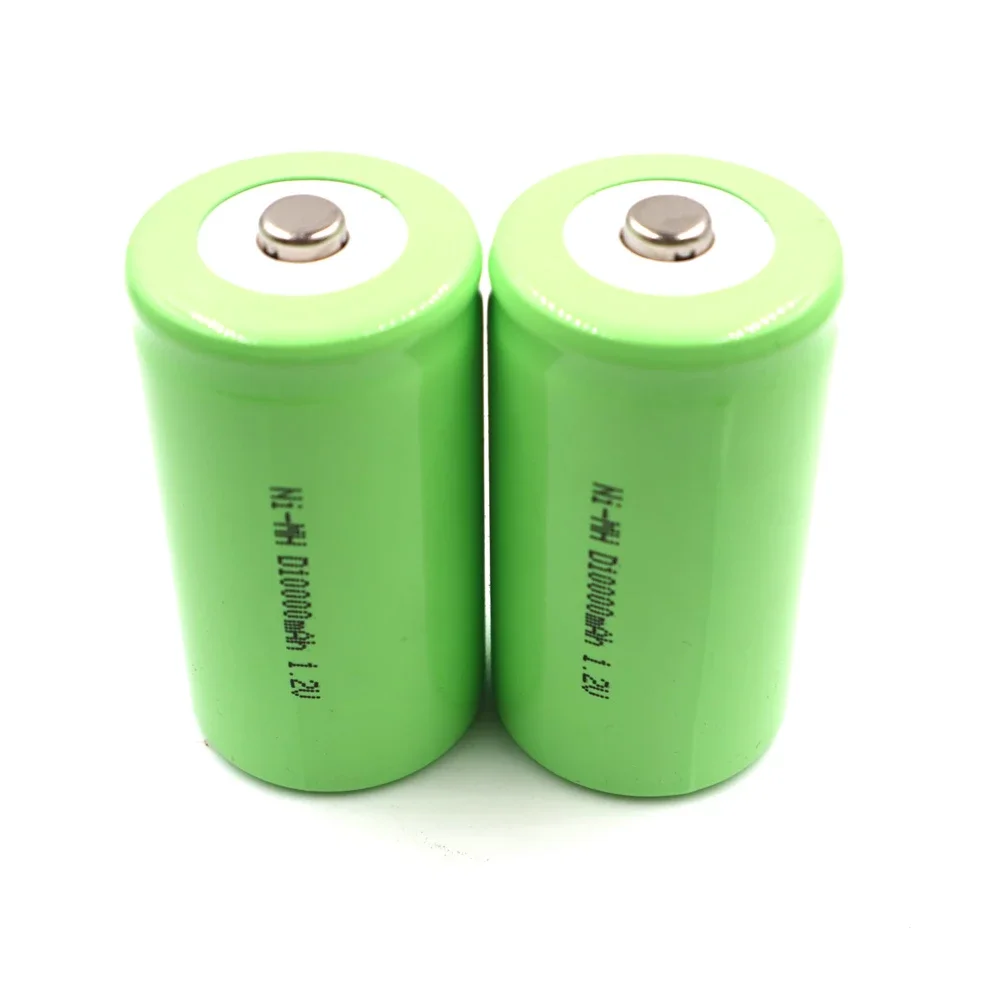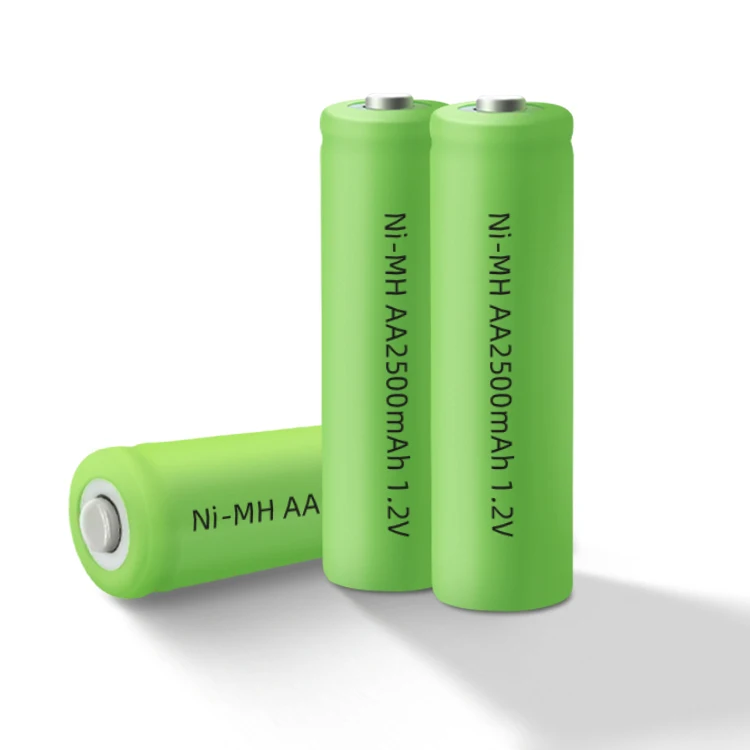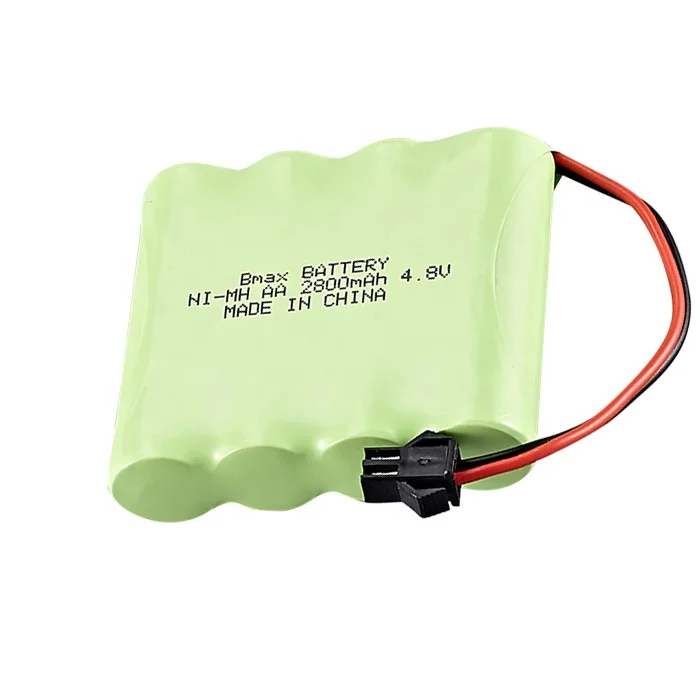In the realm of rechargeable batteries, two prominent contenders stand out: Nickel Metal Hydride (NiMH) and Lithium-ion (Li-ion) batteries. Both offer unique advantages and drawbacks, making them suitable for various applications ranging from portable electronics to electric vehicles. Understanding the differences between NiMH and Lithium-ion batteries is crucial for choosing the right power source for your specific needs. In this comprehensive guide, we’ll delve into the key distinctions between NiMH and Lithium-ion batteries, exploring their chemistry, performance characteristics, applications, and more.
Nickel Metal Hydride (NiMH) batteries have been a staple in the battery market for decades. They are rechargeable batteries that utilize nickel oxyhydroxide (NiOOH) as the positive electrode and a hydrogen-absorbing alloy as the negative electrode. The electrolyte typically consists of an alkaline solution. NiMH batteries offer several advantages, including high energy density, relatively low cost, and eco-friendliness. They are commonly used in devices such as digital cameras, cordless phones, power tools, and hybrid vehicles.
An Overview of Lithium-ion Batteries
Lithium-ion (Li-ion) batteries have gained widespread popularity in recent years due to their high energy density and lightweight design. They utilize lithium compounds as the positive electrode (cathode) and carbon/graphite as the negative electrode (anode). The electrolyte is typically a lithium salt dissolved in a solvent. Li-ion batteries offer several advantages, including high energy density, long cycle life, and low self-discharge rates. They are commonly used in smartphones, laptops, electric vehicles, and renewable energy storage systems.
Chemistry
- NiMH Batteries: NiMH batteries utilize nickel oxyhydroxide (NiOOH) and a hydrogen-absorbing alloy (typically based on rare earth metals) as the active materials in their electrodes. The electrolyte is typically an alkaline solution, such as potassium hydroxide (KOH).
- Lithium-ion Batteries: Lithium-ion batteries use lithium compounds, such as lithium cobalt oxide (LiCoO2), lithium iron phosphate (LiFePO4), or lithium manganese oxide (LiMn2O4), as the positive electrode (cathode). The negative electrode (anode) is typically made of carbon/graphite. The electrolyte is a lithium salt dissolved in an organic solvent, such as lithium hexafluorophosphate (LiPF6) in a mixture of ethylene carbonate (EC) and dimethyl carbonate (DMC).
Performance Characteristics
- Energy Density: Lithium-ion batteries generally have a higher energy density than NiMH batteries. This means they can store more energy per unit volume or weight, resulting in longer runtimes for electronic devices and longer driving ranges for electric vehicles.
- Cycle Life: Lithium-ion batteries typically have a longer cycle life than NiMH batteries. They can withstand a greater number of charge-discharge cycles before experiencing significant capacity degradation. This makes them well-suited for applications that require frequent charging and discharging, such as smartphones and laptops.
- Self-Discharge Rate: NiMH batteries have a higher self-discharge rate compared to Lithium-ion batteries. This means they lose their charge more quickly when not in use, which can be a drawback for devices that are used infrequently.
- Voltage Stability: Lithium-ion batteries maintain a more stable voltage throughout the discharge cycle compared to NiMH batteries. This can be advantageous for devices that require a consistent voltage to operate properly.
- Charging Time: Lithium-ion batteries typically have shorter charging times compared to NiMH batteries. This is because Lithium-ion batteries can accept higher charging currents without significant heat generation, allowing for faster charging rates.
Applications
- NiMH Batteries: NiMH batteries are commonly used in devices that require moderate energy density and cost-effective power solutions. Examples include digital cameras, cordless phones, power tools, and hybrid vehicles.
- Lithium-ion Batteries: Lithium-ion batteries are widely used in devices that require high energy density, long cycle life, and lightweight design. Examples include smartphones, laptops, electric vehicles, and renewable energy storage systems.
Advantages and Disadvantages
- NiMH Batteries:
- Advantages: Relatively low cost, eco-friendly (do not contain toxic metals like cadmium), suitable for moderate energy density applications.
- Disadvantages: Lower energy density compared to Lithium-ion batteries, higher self-discharge rate, shorter cycle life.
- Lithium-ion Batteries:
- Advantages: High energy density, long cycle life, low self-discharge rate, lightweight design.
- Disadvantages: Higher cost compared to NiMH batteries, potential safety risks if damaged or improperly handled, sensitive to overcharging and high temperatures.
Conclusion
NiMH and Lithium-ion batteries each offer unique advantages and drawbacks, making them suitable for different applications depending on specific requirements such as energy density, cycle life, and cost. NiMH batteries are a cost-effective and eco-friendly option for moderate energy density applications, while Lithium-ion batteries excel in high-energy density applications where long cycle life and lightweight design are crucial. By understanding the differences between NiMH and Lithium-ion batteries, consumers can make informed decisions when choosing the appropriate power source for their electronic devices and applications. Whether it’s powering a digital camera or driving an electric vehicle, selecting the right battery chemistry is essential for optimal performance and longevity.


